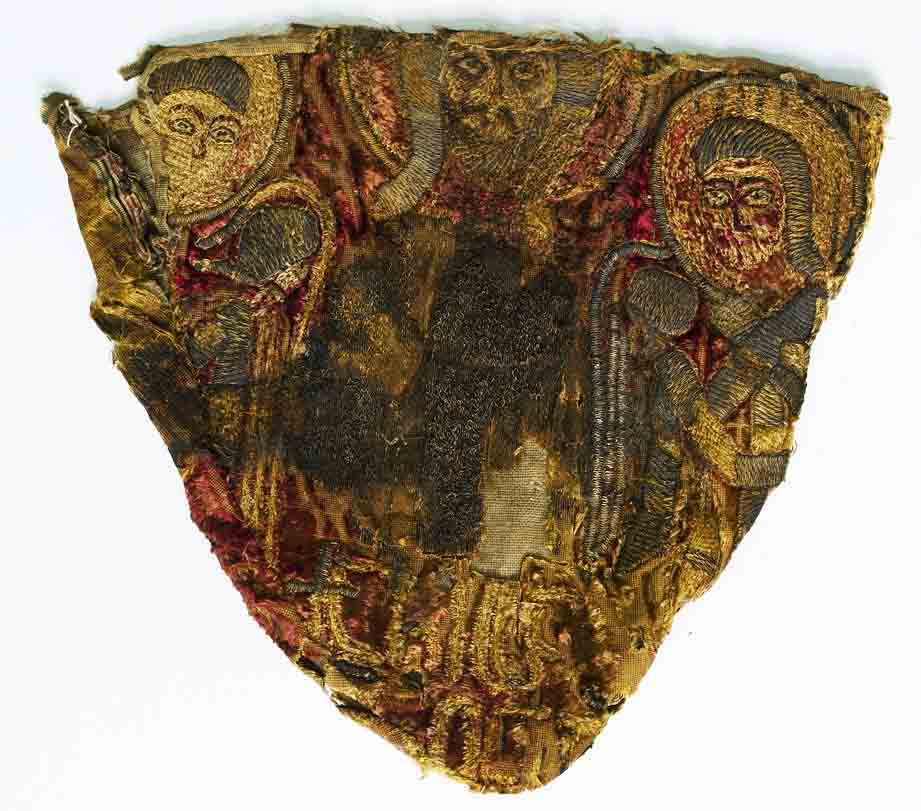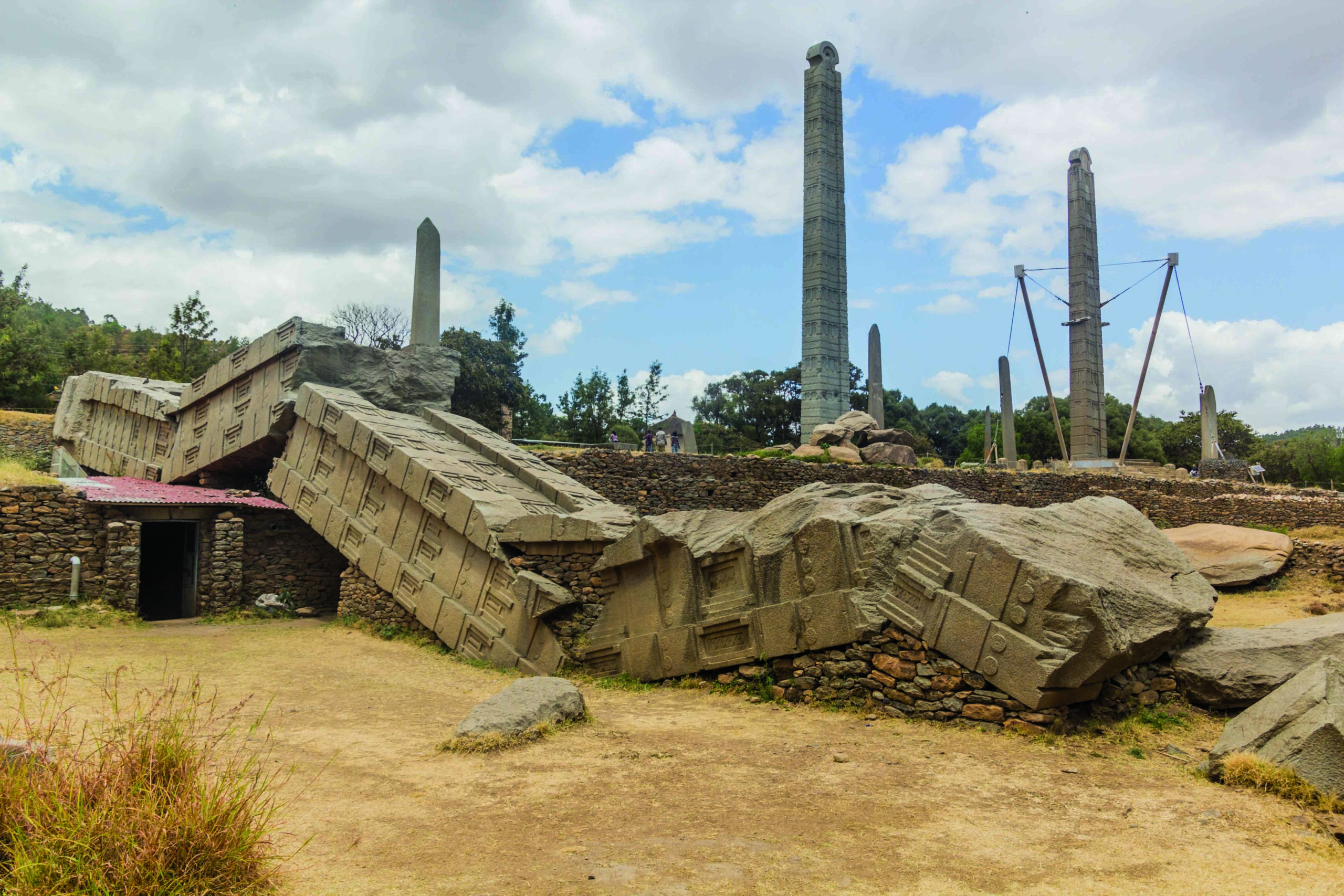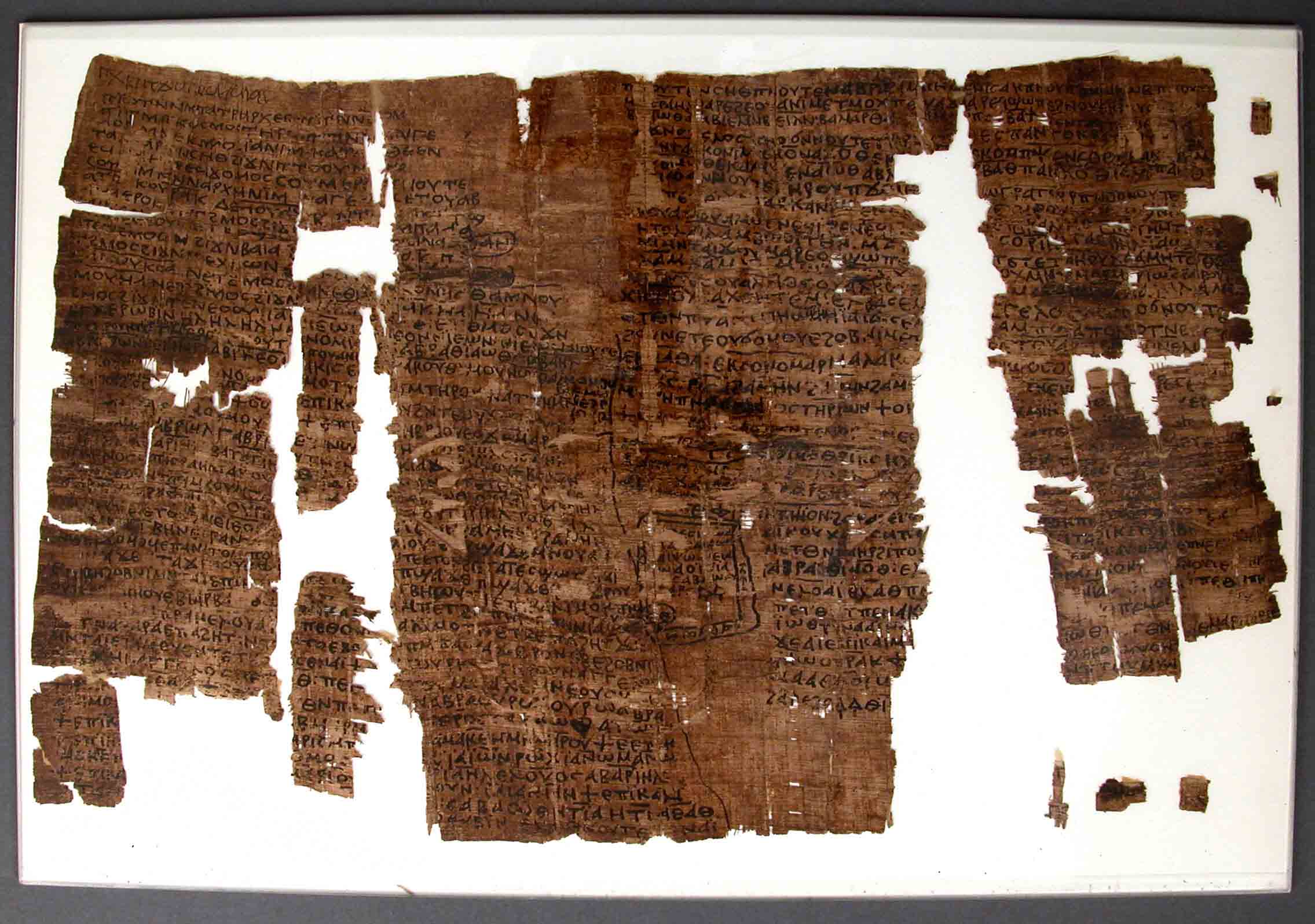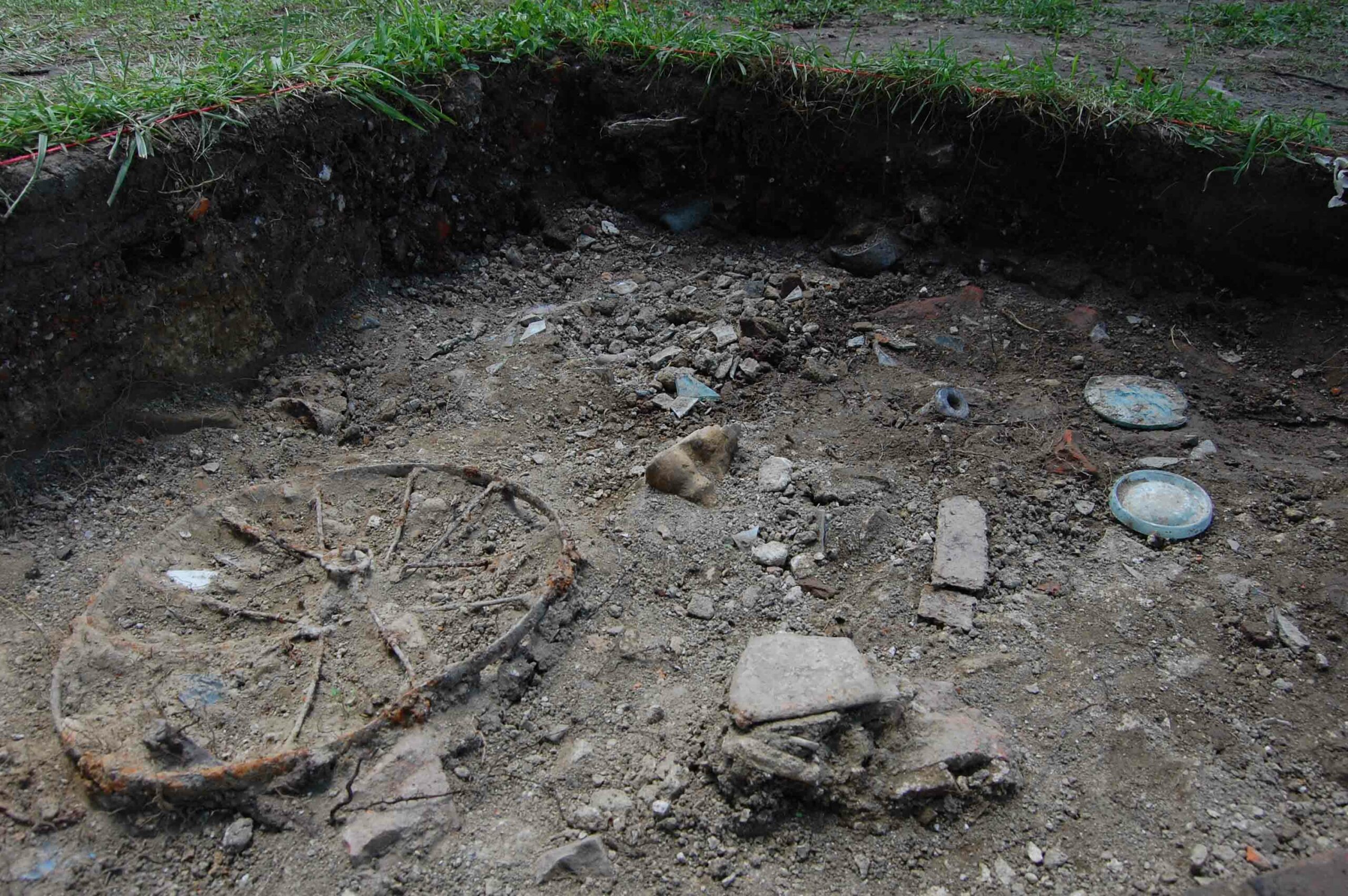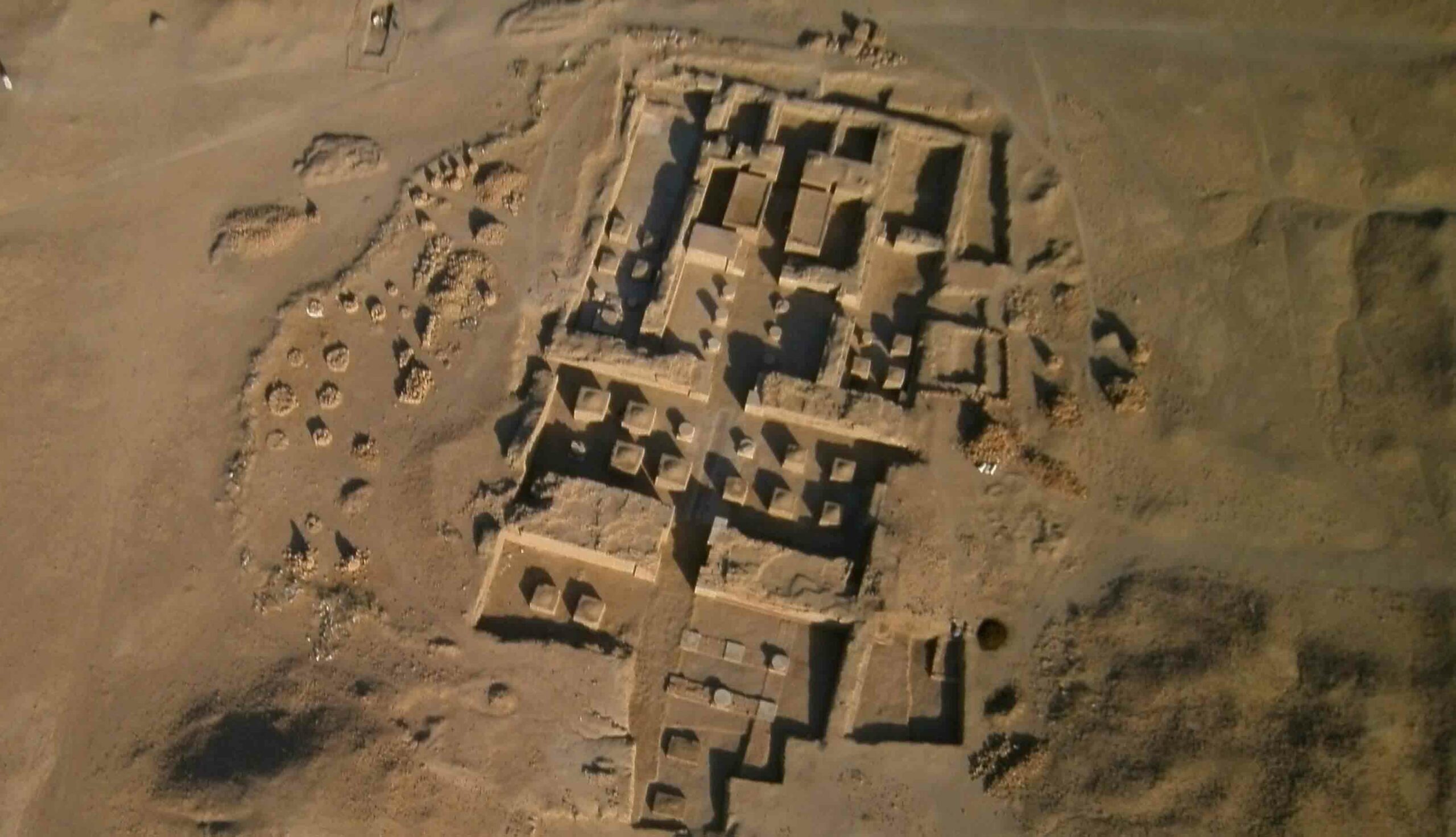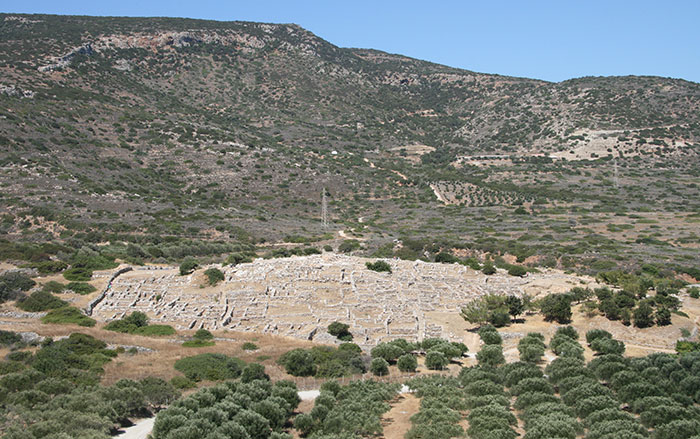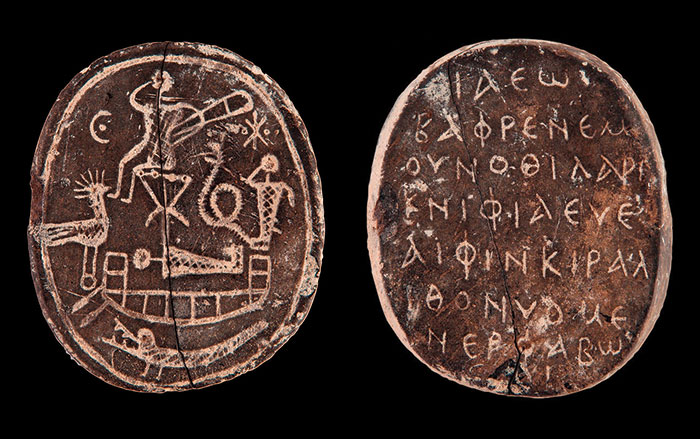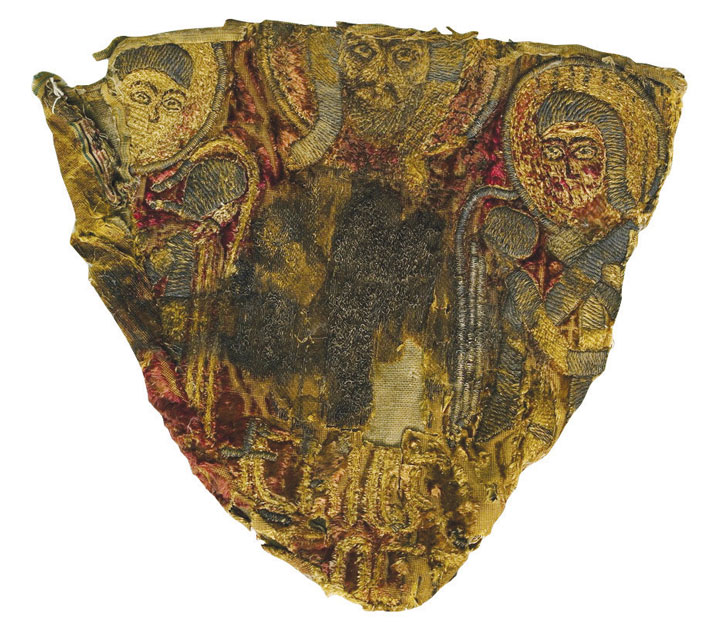
The Golden Horde, a group of Mongols who conquered much of Eastern Europe in the thirteenth century, was famously tolerant of foreign religions. Recently, however, archaeologist Zvezdana Dode of the Southern Scientific Center of the Russian Academy of Sciences completed a study of rare textiles that suggests the Mongol attitude to Christianity was sometimes more complex than simple indifference. She examined pieces of fabrics found in Mongol burials that represent Christian subjects but had been repurposed as clothing, such as a hat that depicts an upside-down Jesus flanked by two archangels. She suggests that these fabrics, likely seized from Russian churches, were not merely the spoils of war. “The Mongols were able to observe employment of icons and banners with Christian symbols by the Russian military,” says Dode. “It’s possible they interpreted these symbols as devices for supernatural warfare.” By wearing an inverted Christian motif into battle, a Mongol warrior may have thought he was neutralizing that threat.


